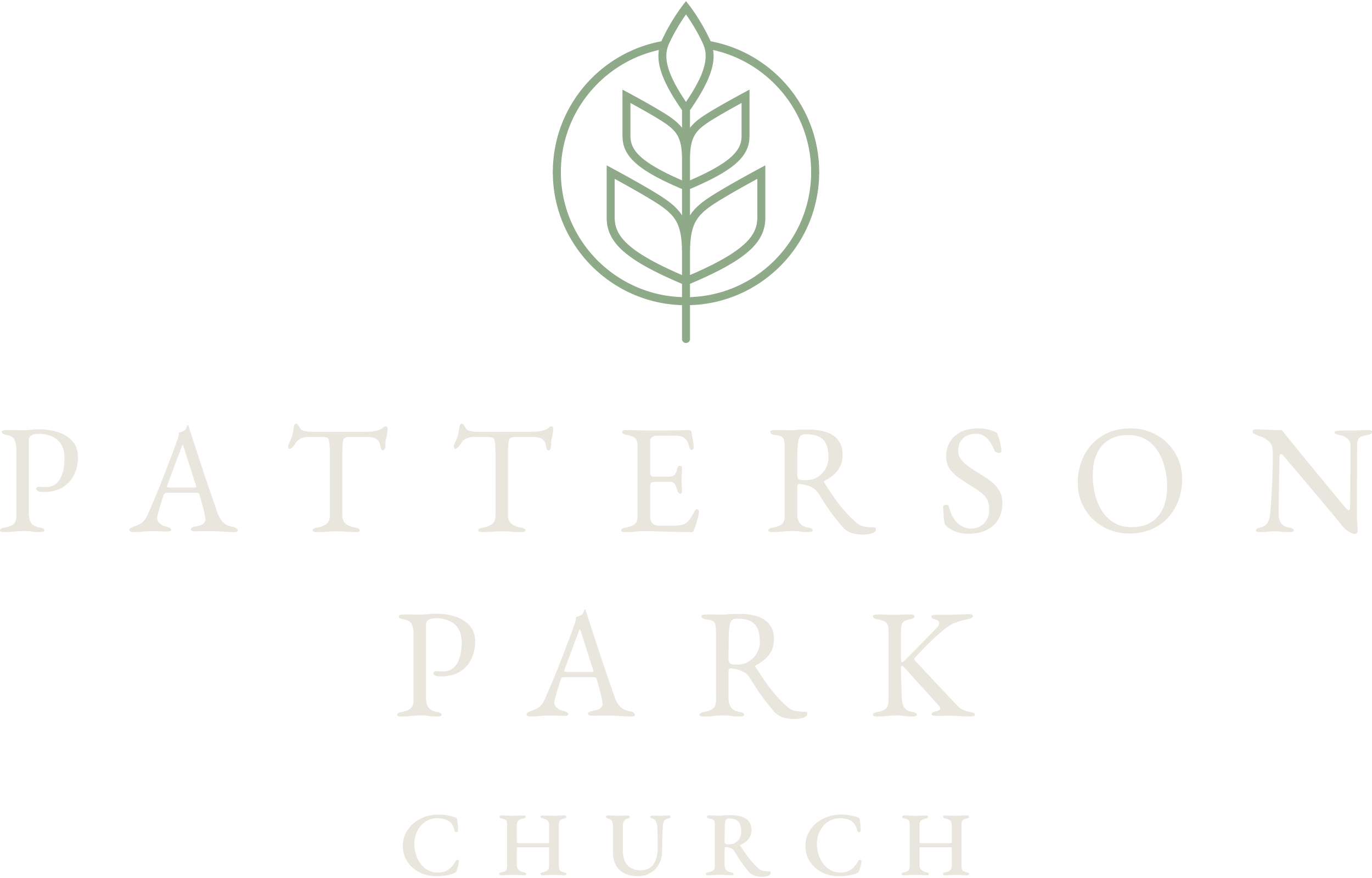Praying the Bible by Donald Whitney
I have long known that my prayer life is not what it might be. I love to study the Bible, so I can spend hours in Bible study without difficulty. But I can’t say that I love to pray; I can honestly say that fifteen minutes in prayer is far more difficult for me than an hour of Bible study.
Why is this so? In Bible study, I get absorbed, and the time flies by. But prayer is a very different matter. It is the distraction, the mental wool-gathering that sucks up the time I devote to prayer. It’s embarrassing sometimes how my mind wanders when I am trying to speak to the Almighty. It’s easy to get frustrated and discouraged when my efforts seem so fruitless.
Donald Whitney’s little book Praying the Bible tackles my problem head-on, and it does so by suggesting a method of praying: using Scripture, particularly the Psalms, to shape and form our prayers.
Whitney starts out acknowledging the problems that so frustrate so many of us: boredom and distraction. And since we know we ought to pray, we feel frustrated and guilty when our prayer time fizzles out.
But Whitney is undeterred: “Every Christian can have a meaningful and satisfying prayer life.” His method is to “pray through” a passage of Scripture: read a line or two and respond to God in prayer. It’s a sort of conversational approach to prayer in which God speaks through His Word and I respond in prayer.
The line-by-line format of the Psalms is ideal for this sort of praying, but you can use this method with many different biblical genres.
Whitney is a realist: you may still get distracted (I know I will).
No worries. He uses a silly example to illustrate how to use this method to deal with distraction: You see the phrase “mark my sins” in Psalm 51 and your friend Mark comes to mind. Whitney’s advice? Pray for Mark, then return to the Scripture.
This is a free-form approach to prayer that might make some feel uncomfortable. Whitney is careful to distinguish between this stream-of-consciousness use of Scripture as an aid to prayer and the far more exacting process of interpreting Scripture. This method is not how to handle Scripture in study, preaching, or teaching! But it is a good way to let the Scripture shape your prayer life.
Toward the end of this slim volume (less than 100 pages), Whitney lists the benefits of this Scripture-prompted approach to prayer, and what’s not to like in results like this?
“My prayer was more about God and less about me.”
“My mind didn’t wander as much.”
“It seems like a real conversation with a real Person.”
“I found that the Scripture seemed to speak into the situation I am facing right now.”
“I thought more deeply about what the Bible says.”
“I have great assurance that I am praying God’s will.”
“I found myself praying about things I don’t normally pray about.”
“I prayed about the things I normally pray about, but in a new way.”
This book is accessible for everyone. Whitney is a seminary professor (Southern Seminary in Louisville), but he writes for all of us in this little book. I can’t recommend it highly enough!
You can find Praying the Bible on our Discipleship Resource Shelf outside the Family Life Center. The normal suggested donation for books from the Discipleship Shelf is $10. But these books were a donation, so they are free for the taking. Please limit to one copy per family.
Persevere,
Paul Pyle
Pastor of Discipleship
